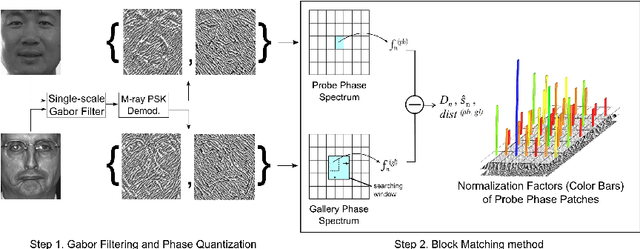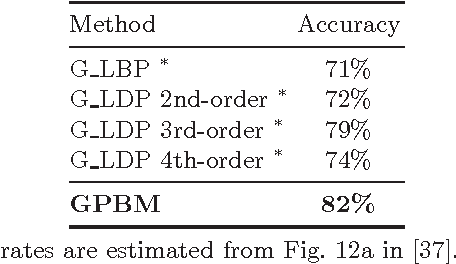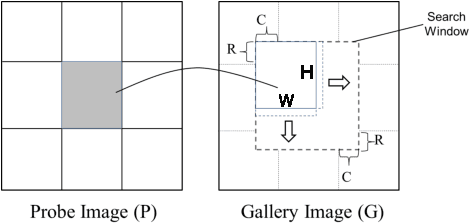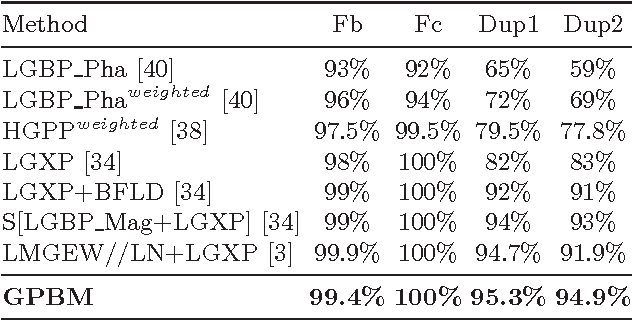Leveraging the Power of Gabor Phase for Face Identification: A Block Matching Approach
Paper and Code
Jun 15, 2015



Different from face verification, face identification is much more demanding. To reach comparable performance, an identifier needs to be roughly N times better than a verifier. To expect a breakthrough in face identification, we need a fresh look at the fundamental building blocks of face recognition. In this paper we focus on the selection of a suitable signal representation and better matching strategy for face identification. We demonstrate how Gabor phase could be leveraged to improve the performance of face identification by using the Block Matching method. Compared to the existing approaches, the proposed method features much lower algorithmic complexity: face images are only filtered by a single-scale Gabor filter pair and the matching is performed between any pairs of face images at hand without involving any training process. Benchmark evaluations show that the proposed approach is totally comparable to and even better than state-of-the-art algorithms, which are typically based on more features extracted from a large set of Gabor faces and/or rely on heavy training processes.
 Add to Chrome
Add to Chrome Add to Firefox
Add to Firefox Add to Edge
Add to Edge